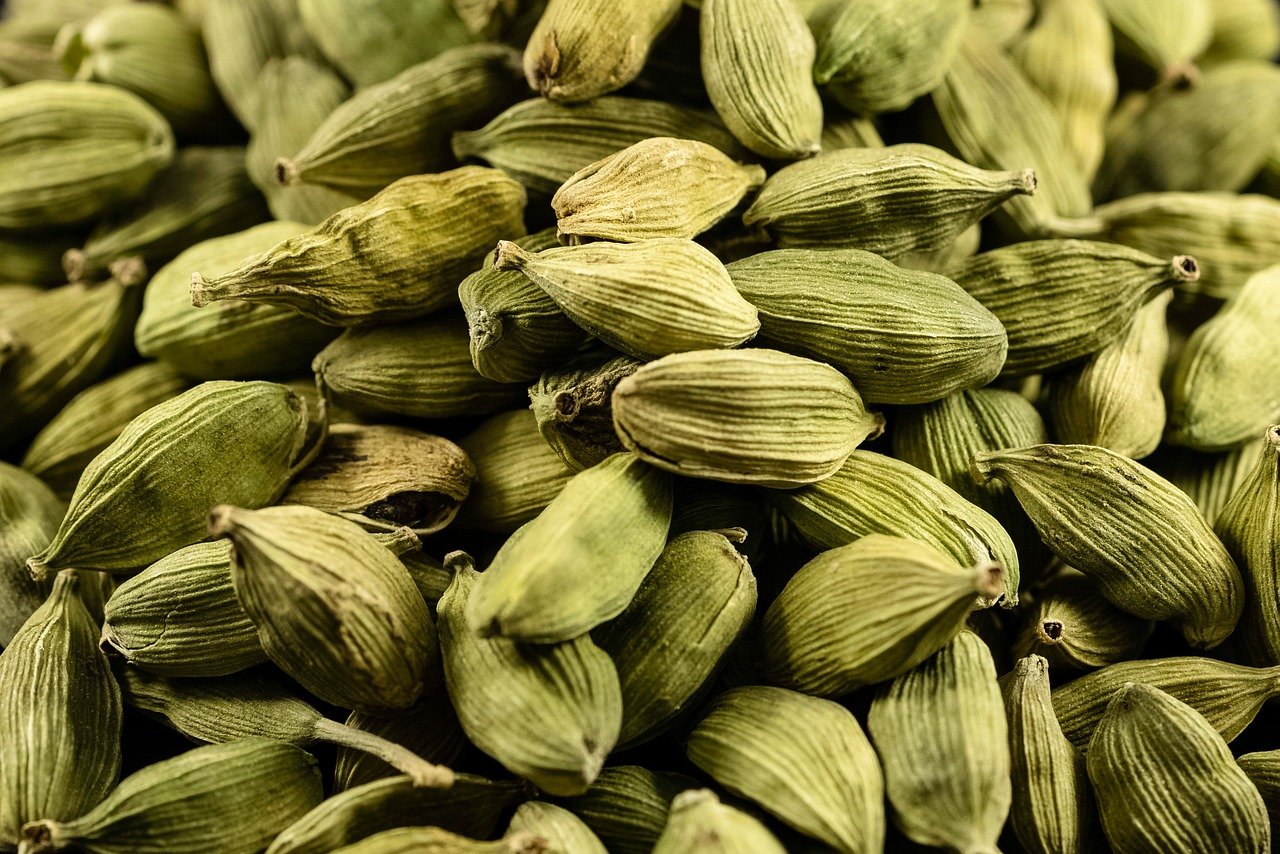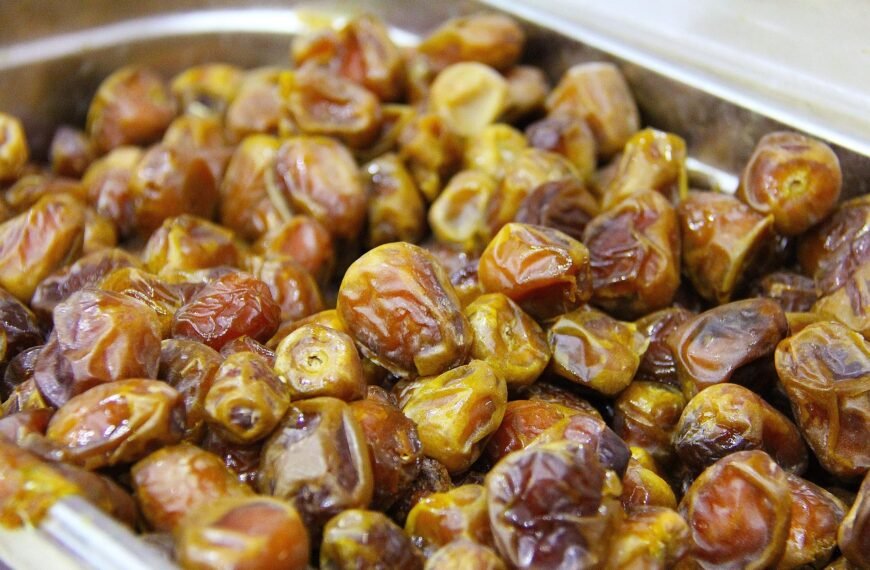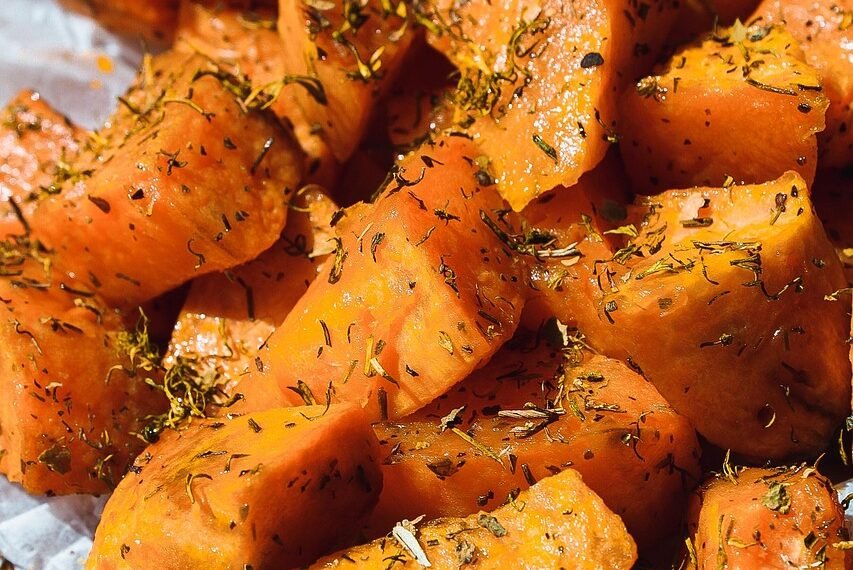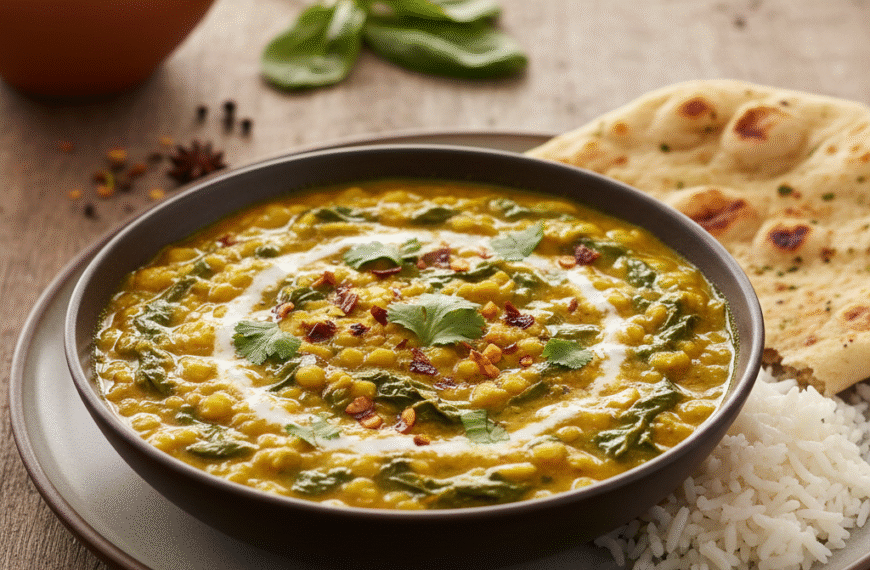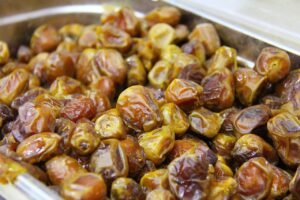Cardamom is one of the most valuable spices in the world, but farmers say it is also one of the hardest to grow. Stanley Pothan, a long-time grower from Kerala, explains that cardamom needs constant care. Every leaf and every flower must be checked daily because the plant is fragile and easily affected by pests, diseases, and weather changes.
Heatwaves and changing climate conditions have made this even harder. Last year, farmers in both India and Guatemala lost a large portion of their crops due to extreme heat. This pushed cardamom prices up by nearly 70% and added more pressure on farmers who already struggle with uncertainty.
How Technology Is Changing Cardamom Farming
To support farmers, the Indian Cardamom Research Institute (ICRI) is introducing new tools and techniques. One major step is a farming app that helps growers check soil health, moisture levels, and early signs of disease.
Farmers can now receive customized advice directly on their phones, making it easier to take fast action in the field.
Scientists are also working to develop stronger, disease – resistant, and climate friendly cardamom varieties. A recent breakthrough includes a plant that can survive with less water – a major benefit for growers battling unpredictable weather.
Researchers are studying the spice at a genetic level as well, hoping up breeding and improve future yields.
New Ideas for Better Drying
Drying cardamom pods is important part of the process, but small farmers often lack access to proper dryers. Many depend on wood-fueled methods, which can reduce quality and color. Graamya, a social enterprise in Kerala, introduced heat – pump dryers that give cleaner results and cost less. These dryers help maintain the natural green color of the pods – a key factor in deciding the market price.
The Challenges of Organic Cardamom
Growing cardamom organically is even more demanding. Mathews George, a former banker who turned to farming, learned this the hard way. His early crops failed due to pest attacks, and traders rejected his produce because it looked different from chemically grown varieties.
However, after experimenting with traditional growing methods, he began to see success. He believes organic farming can be profitable if farmers learn to reduce costs, understand their soil, and create their own inputs instead of buying expensive chemicals.
The Human Skill Behind the Spice
Even with new technology, cardamom farming still relies heavily on skilled workers. Harvesting is done mostly by women who know exactly which pods to pick and when to return for the next round. Labor accounts for almost three – quarters of the total farming cost.
Experts say certain tasks – like pruning and harvesting – cannot be automated. Cardamom requires both scientific knowledge and human intuition. For many growers, it remains a crop that demands patience, experience, and daily commitment.

